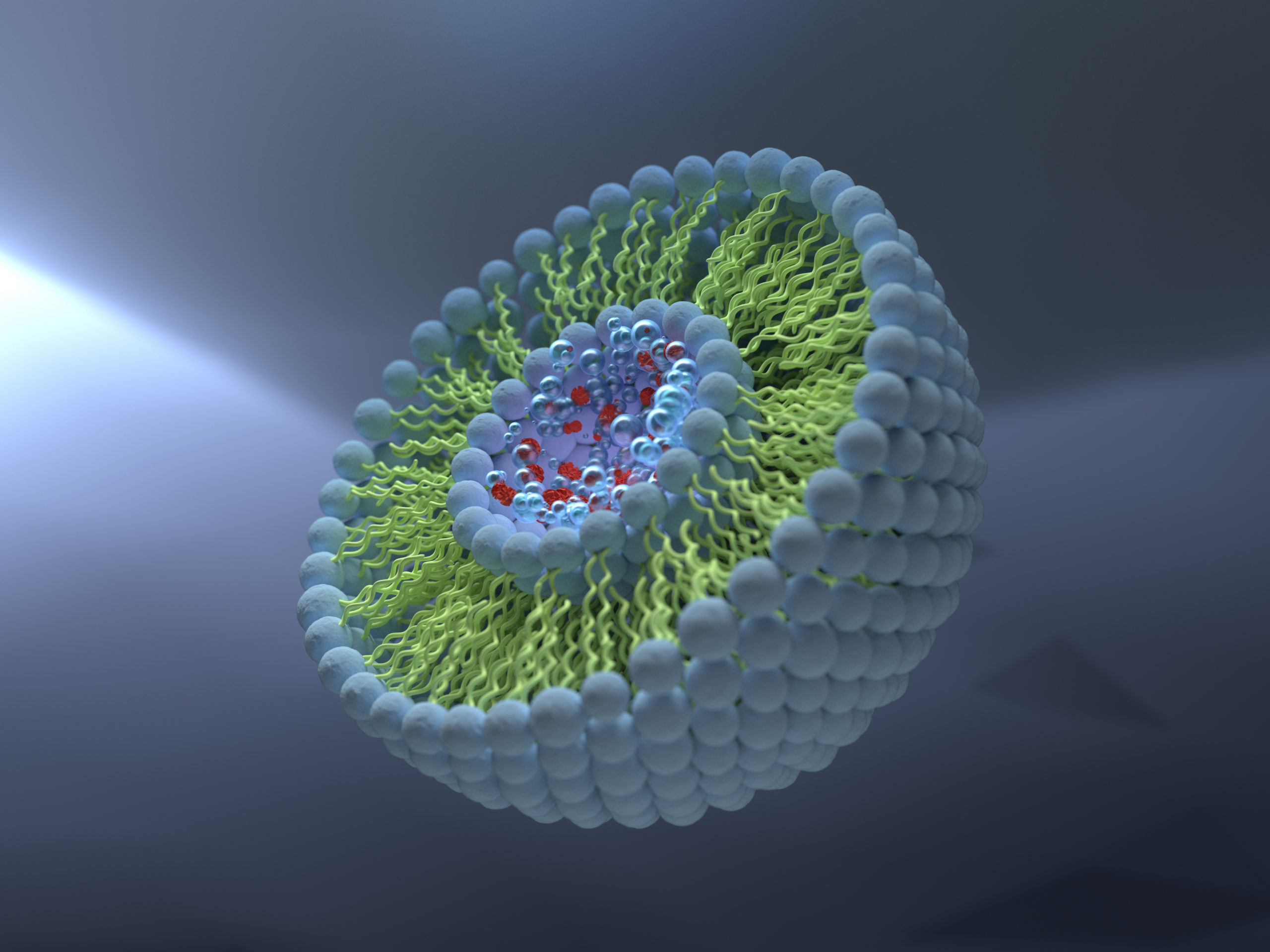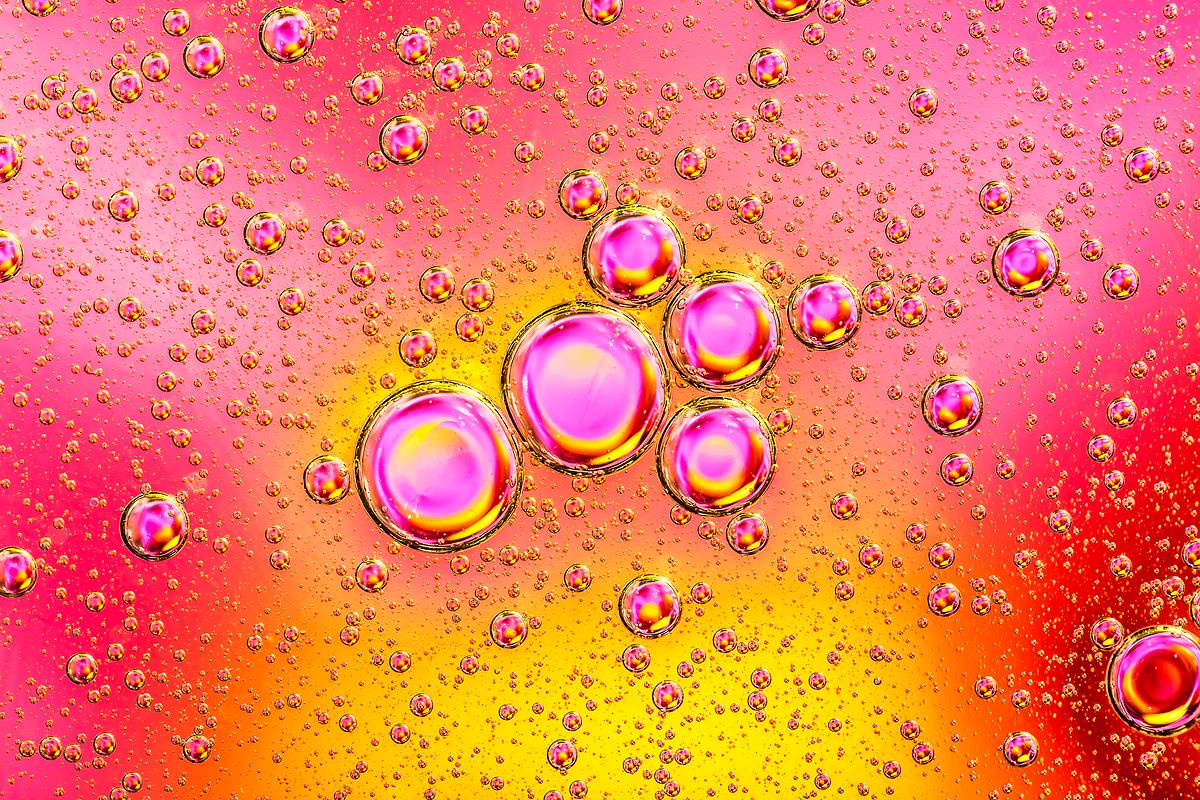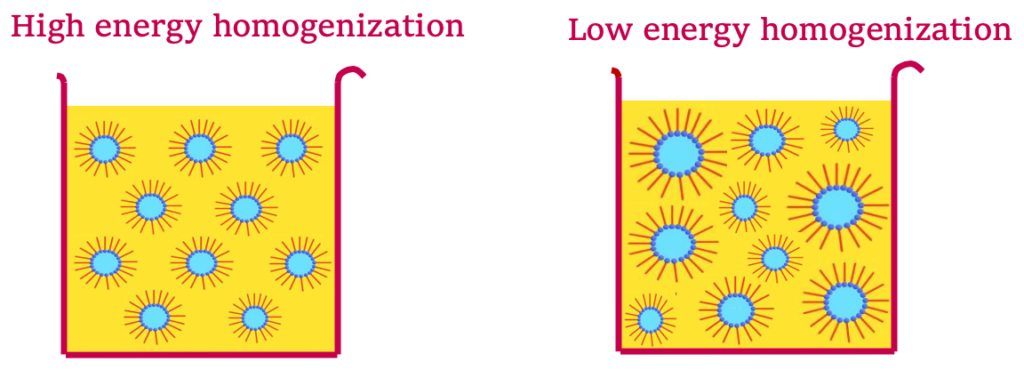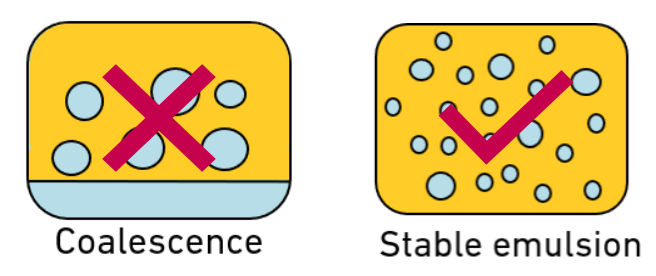NYSCC Re-Launches the “At Home Live Series” with World of Chemistry
A Week Long Intensive Educational Program with On Demand Sessions & Live Q&A Panel
(New York, NY, July 2020) The New York Society of Cosmetic Chemists (NYSCC) re-launches its “At Home Live Series 2.0” with World of Chemistry: A Global Perspective, starting Monday, July 20th. A staple at the Suppliers’ Day events in NYC, World of Chemistry is available now with 4+ hours of ON DEMAND content and culminates with a LIVE panel presentation featuring the speakers from around the world on Thursday, July 23rd.
The four programs will cover post-COVID trends, regulations, the Brazilian cosmetic market as well as present a forward look at what will be trending in the next decade.
Sessions are moderated by Richard Scott, Editor, Personal Care Magazine, and include:
- 2030 Global Beauty & Personal Care Trends
Sarah Jindahl, Associate Director, Global Beauty & Personal Care – MINTEL - Skin Barrier Repair in the Wake of COVID 19: Trends in the APAC BPC Market
Jessica Qu, Marketing Director, Personal Care Ingredients & Solutions – BLOOMAGE/ASIA - The New Formulation Trends in Europe and the Regulatory Requirements
Saira De Ferrari, CEO & Senior Consultant – COSMETIC ASSIST/EUROPE - Brazilian Cosmetic Market: The Path for Success
Vanessa Arruda, Global Marketing Manager
– ABC/BRAZIL
Visit www.nyscc.org/events for complete details.
To register go to: https://attendee.gotowebinar.com/register/965479369270533901


 Roger L. McMullen, Ph.D. – BIO
Roger L. McMullen, Ph.D. – BIO




 Leor Fay Tal is the Technical Marketing Leader for the Personal Care division of Gattefossé USA. She delivers information on trends and consumers, provides technical marketing support to the company’s sales teams and agents across North America, Canada, and Mexico, and works to promote knowledge and understanding of the company’s ingredients. Prior to Gattefossé, Leor Fay had worked in the R&D Powder Laboratory and then as the Raw Material Regulatory Affairs Specialist at MANA Products. Leor Fay is also an active member of the NYSCC. She organized the April 2018 event Cosmetics in the Middle East, A Regulatory Perspective and now serves as the Secretary for the executive board.
Leor Fay Tal is the Technical Marketing Leader for the Personal Care division of Gattefossé USA. She delivers information on trends and consumers, provides technical marketing support to the company’s sales teams and agents across North America, Canada, and Mexico, and works to promote knowledge and understanding of the company’s ingredients. Prior to Gattefossé, Leor Fay had worked in the R&D Powder Laboratory and then as the Raw Material Regulatory Affairs Specialist at MANA Products. Leor Fay is also an active member of the NYSCC. She organized the April 2018 event Cosmetics in the Middle East, A Regulatory Perspective and now serves as the Secretary for the executive board. Ben Blinder is the Senior Director for Gattefossé USA – Personal Care Division, where he is responsible for the strategic direction and performance of the cosmetic business for Gattefossé in the US and Mexico. Ben holds a chemical engineering degree from Lehigh University and has been working in the personal care industry for 32 years, with extensive experience in strategic and long-range planning, sales and technical management, and new technology search/discovery. Ben also serves on the NYSCC Scientific Committee.
Ben Blinder is the Senior Director for Gattefossé USA – Personal Care Division, where he is responsible for the strategic direction and performance of the cosmetic business for Gattefossé in the US and Mexico. Ben holds a chemical engineering degree from Lehigh University and has been working in the personal care industry for 32 years, with extensive experience in strategic and long-range planning, sales and technical management, and new technology search/discovery. Ben also serves on the NYSCC Scientific Committee.